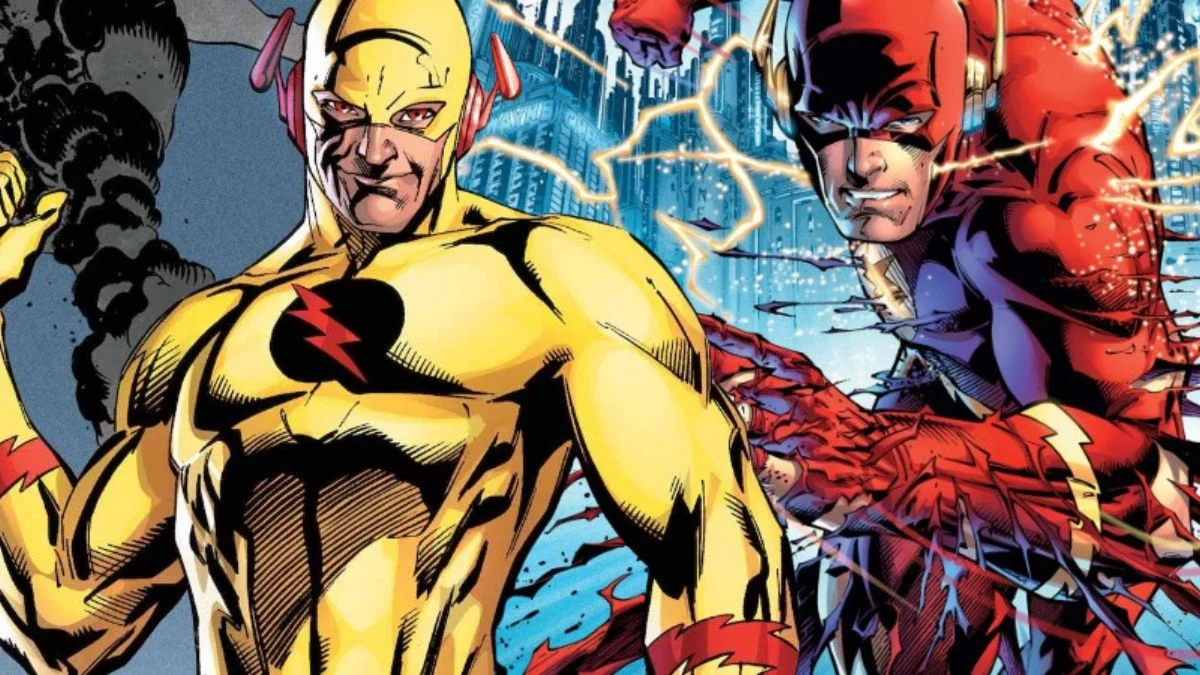
The Flash has been a vital part of DC Comics for over eighty years. Throughout the decades, different heroes have taken on the role of the Flash, but they all have one thing in common: incredible speed. The Flash’s story – from the very first version, Jay Garrick, in 1940, through Barry Allen and Wally West – closely mirrors the way superhero comics themselves have changed and developed.
For decades, the Flash hasn’t just been known for running quickly. He utilizes a unique energy source, creatively manipulates the laws of physics, and often plays a vital role in major comic book events. Here are ten key aspects that define what makes the Flash such a memorable character.
The Speed Force
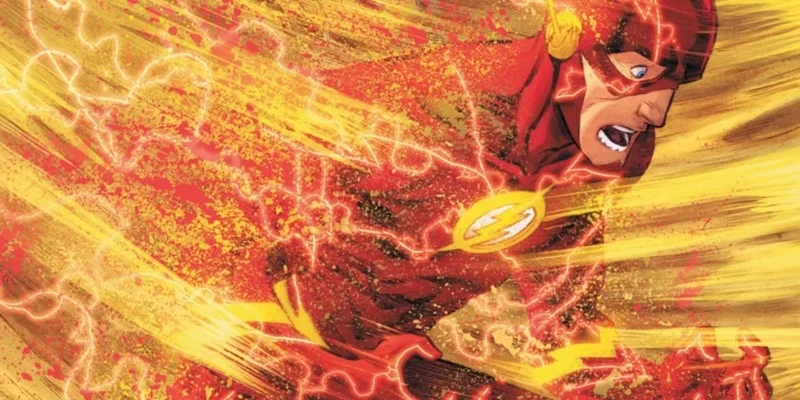
In the DC Universe, the Speed Force is a powerful, imaginary energy source that gives speedsters their abilities. It was created by writers to explain how characters like the Flash can move at incredible speeds, withstand the forces that come with it, and recover from injuries faster than ordinary people. The Speed Force also allows speedsters to share their powers, making it a useful plot device for team-ups and training new heroes.
Each of the Flashes connects to the Speed Force differently. Wally West naturally understands it best, Barry Allen approaches it like a scientific puzzle, and Jay Garrick uses his experience to guide others. The Speed Force has also been shown as a sort of afterlife for speedsters, explaining how some heroes can return from death by running through it.
Phasing and Vibration
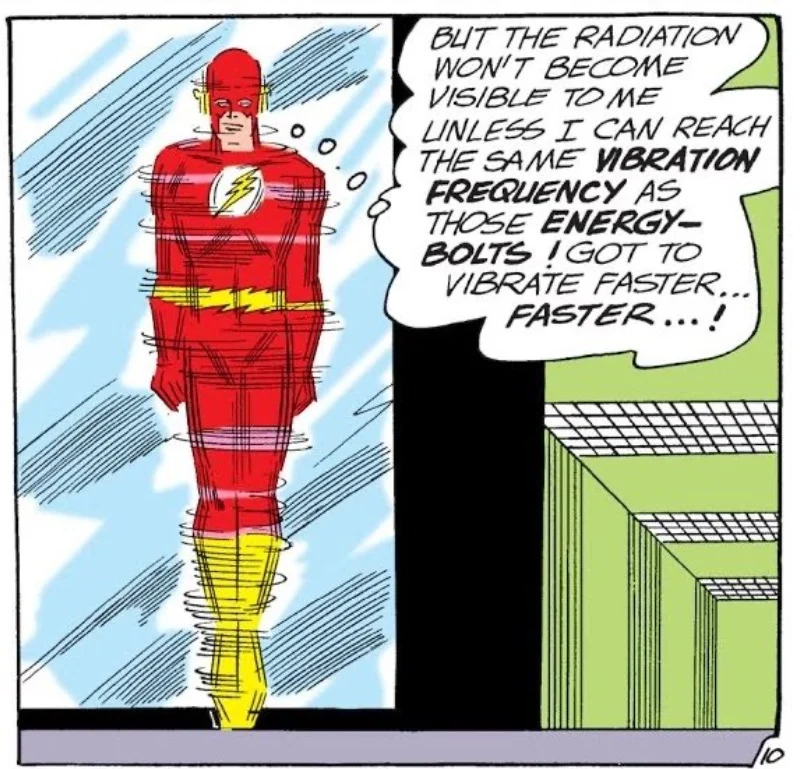
The Flash can run so fast that he vibrates his body at a frequency allowing him to pass through solid objects. This ability is often used in comic books to overcome obstacles like walls, disarm bombs within complex devices, and safely remove poisons from sealed spaces. Essentially, he speeds up his molecular vibrations to move between the spaces within the structure of solid materials.
By controlling his vibrations, the Flash can interfere with electronic devices, generate sound effects, and even move so fast he appears as a blur on camera. This ability demands a lot of focus, and his comic book training frequently emphasizes mastering vibration to enhance his speed during both rescues and fights.
Time Travel and the Cosmic Treadmill
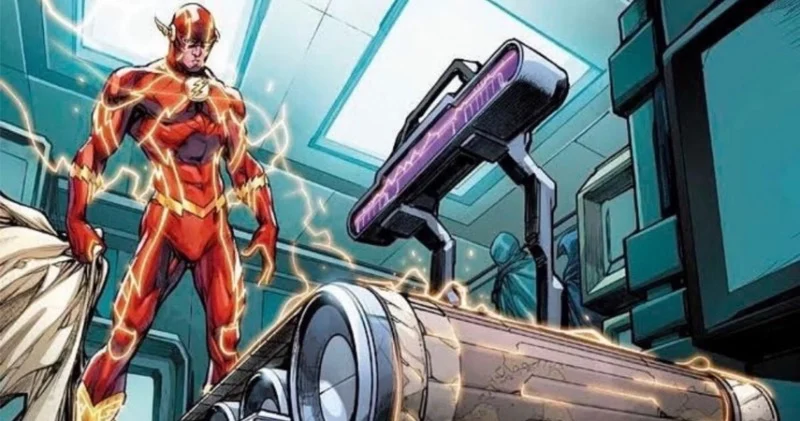
As a huge Flash fan, I’ve always loved the Cosmic Treadmill! It’s basically this amazing machine Barry Allen created to make time travel super precise – he uses math to control where and when he goes. It first showed up in some of the older Flash comics, and it quickly became his go-to way to zip around to the past or way into the future. What’s really cool is that it makes his time travel consistent. The writers can send him back to a specific time without worrying about changing things accidentally each visit, which is great for storytelling!
While incredibly fast heroes have sometimes traveled through time on their own, the speed treadmill remains the safest way to do so within the labs of Central City and Keystone City. Though it’s been damaged and recreated throughout history, the treadmill continues to be used because it allows the Flash to travel through time carefully and avoid potential dangers.
The Rogues Gallery
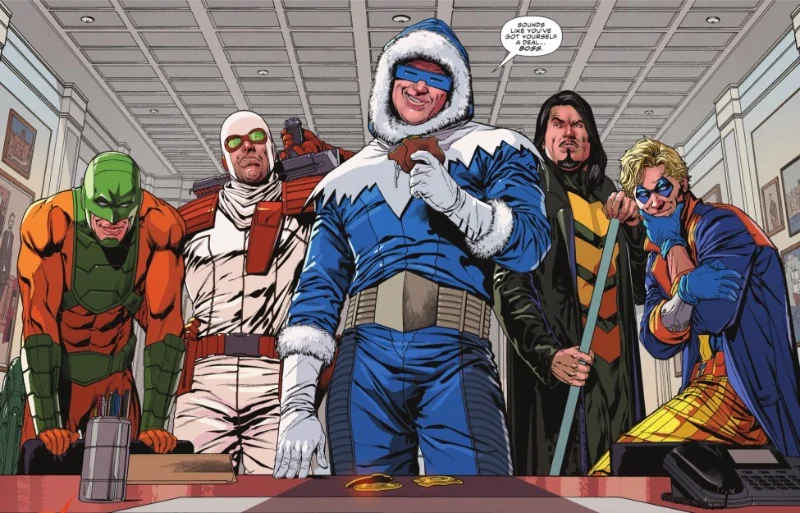
The Flash regularly battles a group of criminals called the Rogues. This team – including villains like Captain Cold, Mirror Master, and Heat Wave – has its own set of rules. They avoid killing whenever possible, divide up their crimes, and don’t like outsiders getting involved. This makes them a constant threat in Central City’s criminal world.
The Rogues, acting like a team of specialized thieves, mean Flash stories usually focus on intricate heists and smart solutions instead of just physical fights. Flash typically analyzes their habits, works with the police to create tech to stop them, and uses his speed to foil their complex plans. This approach creates a consistent feel for the comics, mixing futuristic technology with down-to-earth criminal activity.
Forensic Science and the Day Job
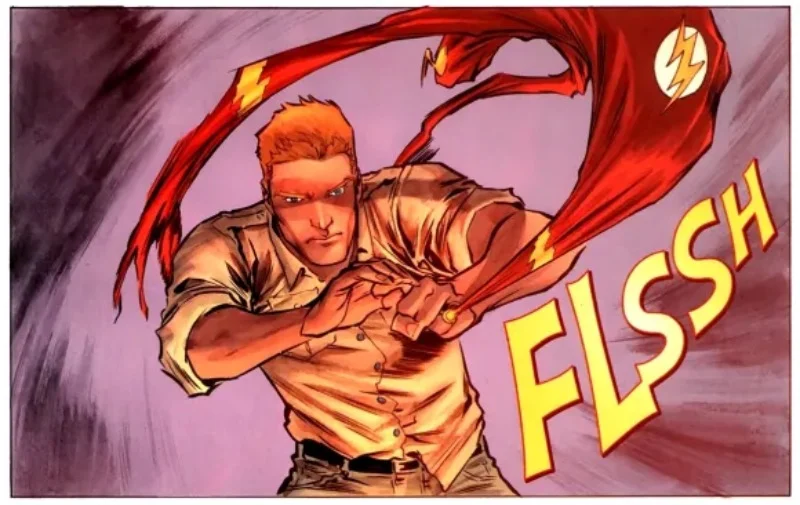
Barry Allen’s job as a forensic scientist is central to many stories, focusing on how evidence is collected and analyzed. We often see him at the police station, using tools like microscopes and chemical tests, and meticulously documenting everything to build strong cases. This background also explains his habit of carefully studying the technology used by his enemies, the Rogues, and keeping thorough records of all metahuman activity.
As a movie fan, I really appreciate how they approach the action in this film. It’s not just about super speed; it’s almost scientific. Barry doesn’t just *run* to solve problems, he actually analyzes things like airflow and material strength to figure out the safest way to rescue people, especially when he’s moving incredibly fast. It makes him feel less like a typical superhero and more like a super-powered detective, which honestly sets his stories apart from a lot of the others out there.
The Legacy and the Flash Family
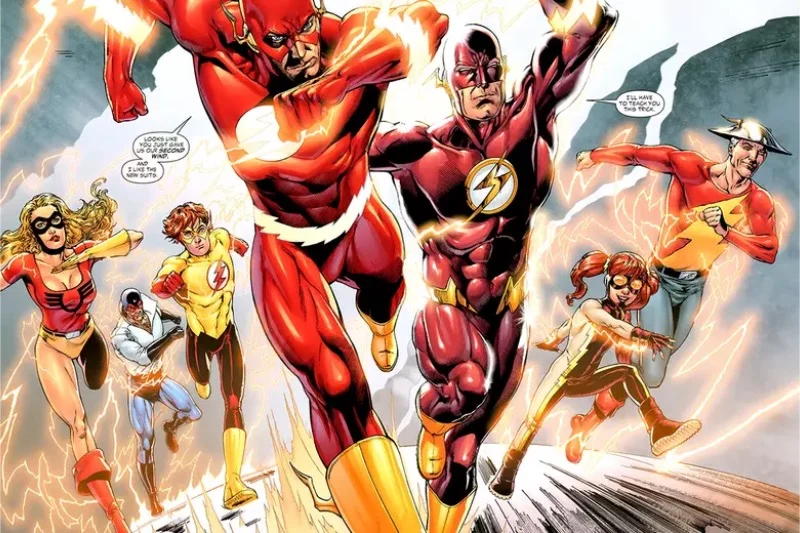
The title of the Flash has been passed down through several heroes over the years. It started with Jay Garrick in the early days of comics, then Barry Allen revived it later on. After a major crisis involving different universes, Wally West took over, and eventually, Bart Allen—a descendant from the future—trained with them all. Each Flash has brought their own skills to the role and helped prepare the next speedster to take up the mantle.
Besides the Flash, there’s a whole family of speedsters like Kid Flash, Impulse, Jesse Quick, and Max Mercury. Stories featuring the team often demonstrate how they can work together to protect a city, efficiently managing emergencies with tasks like assessing injuries, getting people to safety, and controlling the damage. Having this established group of heroes allows the stories to evolve and attract new fans over time.
Flashpoint and Reboots
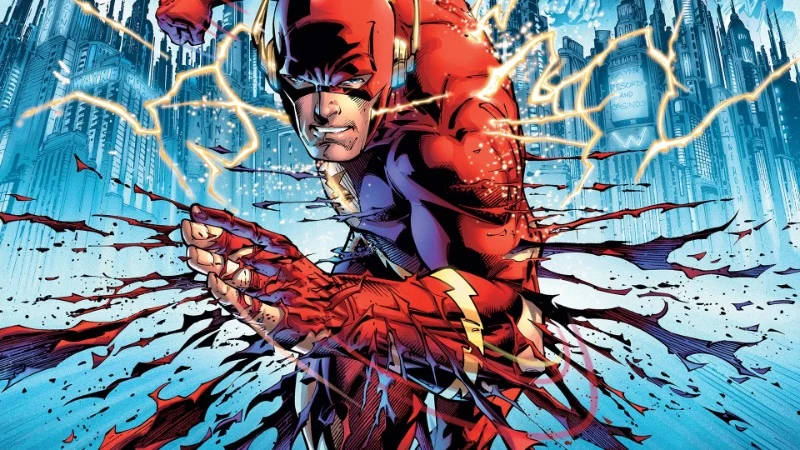
I remember when Flashpoint happened – it was a huge deal! Barry Allen, The Flash, went back in time to try and save someone he loved, but changing even one thing in the past had crazy consequences. The present became all messed up, and he had to fix things by putting the timeline back the way it was. It was a big reset for all the DC comics after that, with a lot of characters and stories getting a fresh start and new beginnings for readers like me.
Flashpoint is a key story because it highlights how important the Flash is to the overall DC universe. His ability to travel through time and alter the past comes with the burden of protecting the timeline, meaning his choices have huge repercussions for all other heroes and often lead to major changes in the status quo.
Crisis Level Heroics
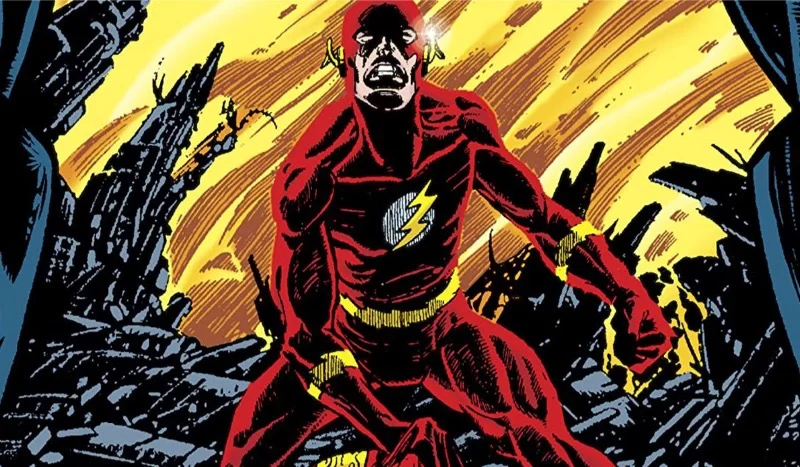
Major crossover events are important moments in DC Universe history, and the Flash often plays a central role. In one particularly famous story, Barry Allen makes the ultimate sacrifice, destroying a weapon that threatened to wipe out the universe. This heroic act became a defining moment for his character and paved the way for Wally West to become the new Flash in the comics.
When new threats arise, Barry Allen returns, and the importance of the Speed Force grows, often impacting the entire universe. The Flash frequently acts as a vital link between different worlds, races against the decay of everything, and carries crucial information throughout time. These moments highlight why his speed-based abilities are so essential when the fate of multiple universes hangs in the balance.
Wally West and Advanced Speed Feats
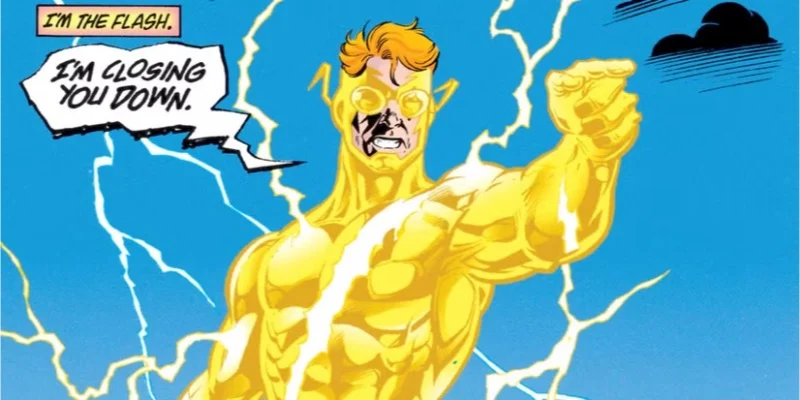
Wally West is taking his super speed to incredible new levels, even bending the rules of what’s physically possible within the story. He’s discovered how to share his speed with others – slowing enemies to a standstill by taking away their momentum, or temporarily boosting a friend’s abilities. He’s also mastering ways to use his speed to deliver pinpoint attacks and save large groups of people.
Wally is known for his incredible humanitarian efforts. He can quickly evacuate entire cities by planning escape routes, reinforcing buildings, and using wind to safely guide people. His ability to control the Speed Force shows how practice and skill turn super speed into a powerful tool for large-scale rescues and saving lives.
Reverse Flash and Temporal Antagonism
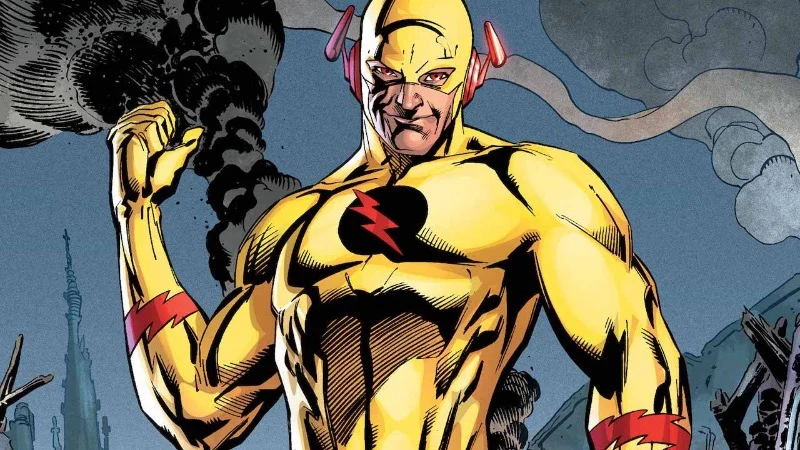
Reverse Flash, also known as Eobard Thawne, is a villain who has powers similar to, but twisted from, the Flash’s. He uses time as a weapon, attacking important moments in Barry Allen’s life and turning his past into a source of conflict. This intense rivalry is the reason behind many of the tragic events that define Barry’s beginnings and future decisions.
Thawne’s ability to travel through time forces the Flash to develop strategies that span multiple timelines to defeat him. These stories often explore the consequences of changing the past, including potential paradoxes and the danger of disrupting the present. The conflict between the Flash and Thawne highlights how the same powers can be used to either protect or destroy the fabric of time itself.
Tell us about your most memorable Flash moment in the comments! We’d love to discuss the fastest things he’s ever done in comic books.
Read More
- DOGE PREDICTION. DOGE cryptocurrency
- Calvin Harris Announces India Debut With 2 Shows Across Mumbai and Bangalore in November: How to Attend
- EQT Earnings: Strong Production
- The Relentless Ascent of Broadcom Stock: Why It’s Not Too Late to Jump In
- Docusign’s Theatrical Ascent Amidst Market Farce
- TON PREDICTION. TON cryptocurrency
- The Dividend Maze: VYM and HDV in a Labyrinth of Yield and Diversification
- HBO Boss Discusses the Possibility of THE PENGUIN Season 2
- Ultraman Live Stage Show: Kaiju Battles and LED Effects Coming to America This Fall
- Why Rocket Lab Stock Skyrocketed Last Week
2025-10-07 04:18